Charger Sysmax/NiteCore i2
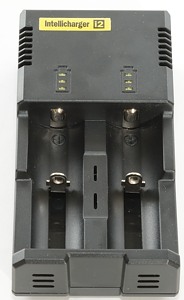
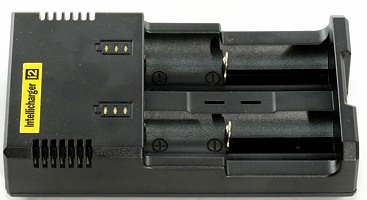
Sysmax made a good 4 channel multi chemistry charger with the i4, now they are trying to repeat it with a two channel charger.
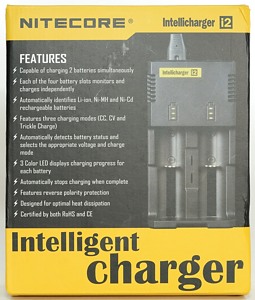

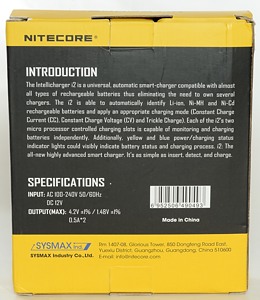
It comes in a cardboard box that list the battery sizes the charger is designed for.

The box contains the charger, a power cord (I bought mine in UK and got a UK power cord), a car power adapter a warranty card and a instruction manual. It looks like the car adapter is optional.
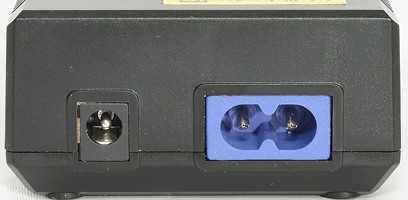
The charger has a standard connection for the power cord and is universal voltage (100-240V 50/60Hz). It does also support 12 volt power. In my tests I have only uses 230 VAC.
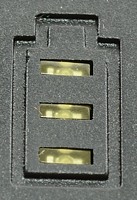
The charger has 3 yellow leds for each battery, they will show the actual charge state when charging:
None: no battery detected
1 flashing, 1 steady + 1 flashing, 2 steady + 1 flashing: Charging, number of leds is a rough guide to actual charge level.
3 steady: Battery is full.
3 flashing: Fail.
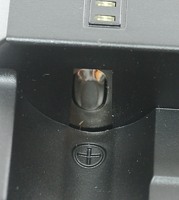
The plus connection is slightly raised, this means that the charger can be used with flat top batteries.
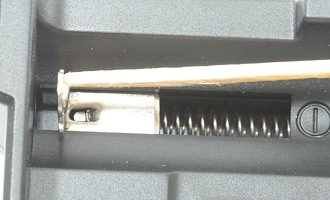
The minus connection is a slider, making it possible to charge different size batteries without using a spacer. The slider is working very smooth. It will handle batteries from 30mm to 70.1mm.
I had no problem with any of the supported battery sizes, they were easy to put into the charger and did always make connection.


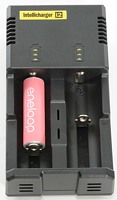
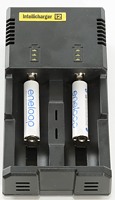
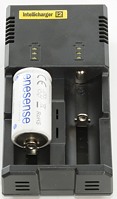
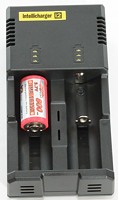

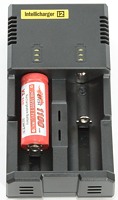
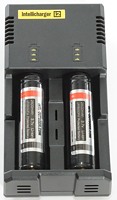
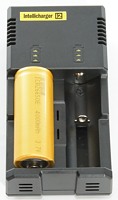
The charger can handle 70 mm long batteries including flat top cells.
Measurements
When power is turned on the charge will charge with 0.5A, if the voltage is below 2 volt it will assume NiMH batteries.
When the charge current goes below the termination current the charging is stopped and it will charge with < 350 uA.
The charger will not restart, if the battery voltage drops.
The charge will always restart charging when a battery is put into it or after a power loss.
When charger is disconnected from power, but with a battery in, it will draw up to 1.2 mA from the battery.
Two batteries in the charger will not change the charge current, i.e. the channels are truly independent.
Because each channel is independent, the different voltages and currents vary between the channels with a small amount.
.png)
The charger uses CC/CV charging profile with a termination current around 50mA. My copy of the charger does terminate at a slightly high voltage for LiIon, but it is well with allowable tolerances.
With 0.5A charge current it is not exactly fast to charge 3400mAh batteries, it takes 8 hour on this charger.
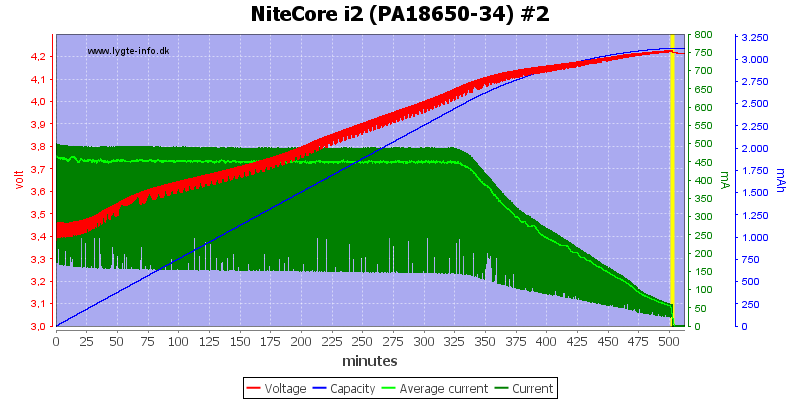
The second channel looks exactly like the first.
.png)
Using both channels at the same time, does not change anything.
.png)
My old IMR cell also charges fine.
.png)
.png)
NiMH batteries uses another charge algorithm, it looks like it is a constant voltage termination and not the recommended -dv/dt.
%20%232.png)
The second channel does again look like the first.
.png)
And using two channels at the same time, does not change the charge time.
.png)
.png)
Charging one eneloop and one LiIon at the same time is no problem.
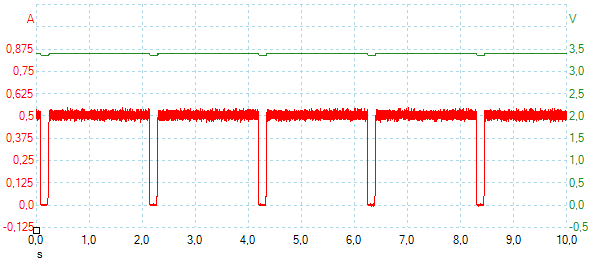
The charging for LiIon is pulsing, there is a short pause each 2 second, probably used to check the voltage.
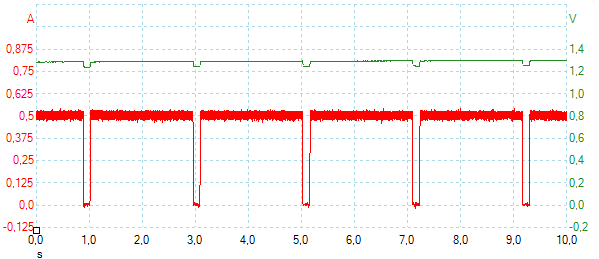
The charging for NiMH is also pulsing, there is a short pause each 2 second, probably used to check the voltage.
Conclusion
With the 0.5A charge current and dual chemistry support the charger is suitable for a large range of battery sizes and types. The tray works very good with any size battery. The actual charge algorithms are not perfect, but do work.
For most purposes I will say this charger is better than the i4, the lower charge current makes it much better for the 14500 and 16340 batteries, the trays works better and it does not reduce the current when it is filled with batteries.
This charger is a good multi chemistry charger.
Notes
Here is an explanation on how I did the above charge curves: How do I test a charger




















.png)

.png)
.png)
.png)
.png)
%20%232.png)
.png)
.png)
.png)

